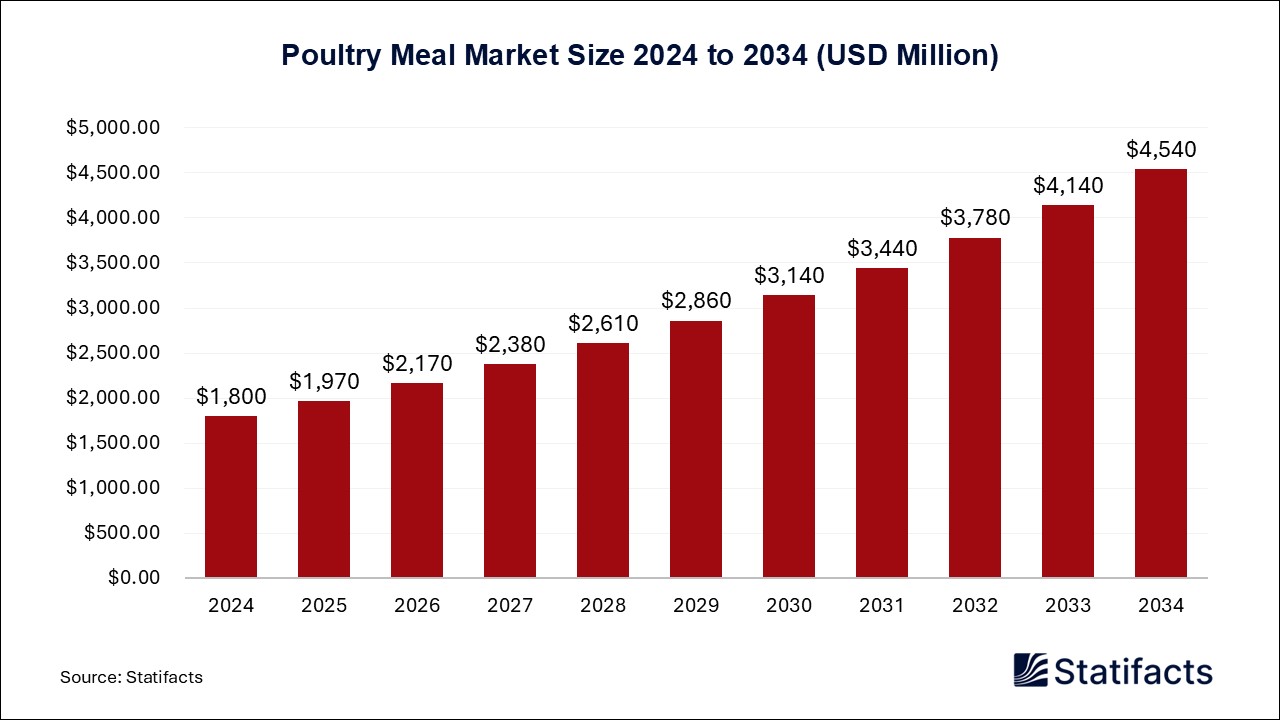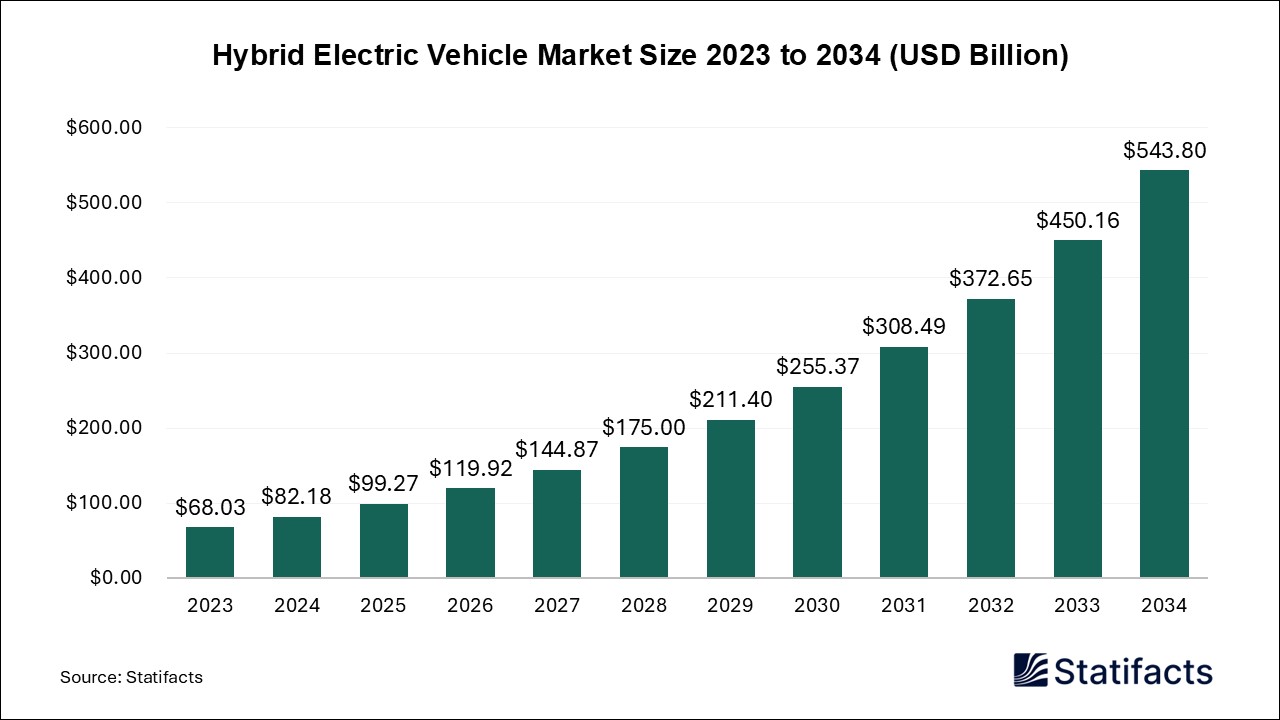Last Updated: 21 May 2025
Source: Statifacts
By clicking “Accept All Cookies” you agree to the storing of cookies on your device to enhance site navigation, analyze site usage, and assist in our marketing efforts.
Privacy PolicyThe Europe polyethylene market size was calculated at USD 22.9 billion in 2024 and is predicted to attain around USD 41.8 billion by 2034, expanding at a CAGR of 6.2% from 2025 to 2034.
| Industry Worth | Details |
| Market Size in 2025 | USD 24.2 Billion |
| Market Size by 2034 | USD 41.8 Billion |
| Market Growth Rate from 2025 to 2034 | CAGR of 6.2% |
Due to intense demand from the automotive, healthcare, and packaging industries, the European polyethylene market is progressing at an accelerated rate. The automotive industry particularly boosts market growth because of its applications requiring heat resistance, low density, and electrical insulation. Germany leads as the forerunner in bio-based PE developments. Packaging sectors are identified as polyethylene's most dominant consumers, whereas an equally solid portion goes on a consumption basis to the automotive industry.
The growing focus on recycled polyethylene and bio-based options is expected to put them in demand due to the evolving regulations and consumer demand for eco-friendly products. The countries like Belgium come into prominence particularly for exports, while Italy and the U.K. are key importers. This makes for strong growth prospects for the European polyethylene market in view of sustainability initiatives, industry demands, and continuous PE production innovations.
The polyethylene market witnesses challenging competition from substitute materials such as polypropylene and polyethylene terephthalate, which offer almost similar properties to polyethylene. Hence, the substitutes find demand in the industry for flexibility, impact resistance, chemical resistance, and moldability. These issues, thus, affect the demand for the perennial. Polyethylene production depends largely on ethylene obtained from crude oil and natural gas.
The price fluctuation on account of shifting scenarios of the global market, geopolitical tension, and supply-demand imbalances affects production costing and serves as a hindrance to long-term planning and pricing. Globally oversupplied conditions affect the market with price pressure and profitability. Economic shifts and disruptions in geopolitics provide another dimension to this problem faced by producers in stabilizing their profit margins.
In the advancement of polyethylene (PE) technologies, sustainability stands as a motivating force along with the criteria of higher product performance. The concept of bio-based PE presents a sustainable alternative to conventional petroleum-based PE since the raw materials involved utilize renewable resources such as sugars and vegetable oils.
Recycling technologies are striving to improve the efficiency of PE recycling, therefore lessening the dependence on virgin resources and catering to the expanding demand for environmentally friendly materials. The addition of biodegradable additives in polyethylene products also provides enhancement in the sustainability profile, thereby reducing the environmental toll of plastic waste.
Improvements in polymerization catalyst technology have facilitated better yields, improved performances, and greater control of the PE polymers so that they can be customized for higher-performance products. UHMWPE fibers offer superior tensile strength, viability, and resistance to abrasions. Crosslinked polyethylene is popular for use in HV cable and medical prostheses. Application expansion in smart packaging and PE woven films for construction, automotive, and textiles further augments growth.
The HDPE segment is sapping the market for polyethylene, gaining on account of its cheapness and excellent properties for resistance to high temperatures, strength, and density. High-density polyethylene is fine for applications such as bottle making, capping, pipes resistant to chemicals, and ballistic plates. With increasing cost controls by industries and profitability targets, demand for HDPE shall increase.
Meanwhile, the LLDPE segment is identified as most opportunistic due to the metallocene catalyst technology adoption on the rise. Linear low-density polyethylene absorbs greater tensile strength and puncture resistance when compared to LDPE, steering its adoption. Demand for LLDPE is expected to inch beyond that of LDPE in the coming years, given its superior material properties and the wide spectrum of applications into which it is increasingly being funnelled.
In terms of application, the packaging segment comes out on top due to how polyethylene finds application in the packaging of products in industries such as food and beverage, consumer electronics, and automotive. Polyethylene's resistance to moisture makes it much in demand for protective packaging.
The construction segment, meanwhile, is poised for notable growth with the increasing use of polyethylene to protect construction materials against moisture and water. Oil drilling operations also require HDPE in a big way to prevent groundwater contamination.
Published by Saurabh Bidwai
Last Updated: 21 May 2025
Source: Statifacts
Last Updated: 21 May 2025
Source: Statifacts
| Subsegment | 2024 | 2025 | 2026 | 2027 | 2028 | 2029 | 2030 | 2031 | 2032 | 2033 | 2034 |
|---|---|---|---|---|---|---|---|---|---|---|---|
| HDPE | 13.10 | 13.70 | 14.50 | 15.40 | 16.30 | 17.30 | 18.30 | 19.50 | 20.80 | 22.00 | 23.30 |
| LDPE | 5.10 | 5.30 | 5.50 | 5.70 | 5.90 | 6.20 | 6.40 | 6.70 | 7.00 | 7.30 | 7.60 |
| LLDPE | 4.80 | 5.20 | 5.60 | 6.00 | 6.50 | 7.10 | 7.70 | 8.40 | 9.20 | 9.90 | 10.70 |
Last Updated: 21 May 2025
Source: Statifacts
| Subsegment | 2024 | 2025 | 2026 | 2027 | 2028 | 2029 | 2030 | 2031 | 2032 | 2033 | 2034 |
|---|---|---|---|---|---|---|---|---|---|---|---|
| HDPE | 13.10 | 13.70 | 14.50 | 15.40 | 16.30 | 17.30 | 18.30 | 19.50 | 20.80 | 22 | 23.30 |
| LDPE | 5.10 | 5.30 | 5.50 | 5.70 | 5.90 | 6.20 | 6.40 | 6.70 | 7 | 7.30 | 7.60 |
| LLDPE | 4.80 | 5.20 | 5.60 | 6 | 6.50 | 7.10 | 7.70 | 8.40 | 9.20 | 9.90 | 10.70 |
To get full access to our Market Insights, you need a Professional Account or a Business Suite.

You will receive an email from our Business Development Manager. Please be sure to check your SPAM/JUNK folder too.

You will receive an email from our Business Development Manager. Please be sure to check your SPAM/JUNK folder too.

Our customers work more efficiently and benefit from



